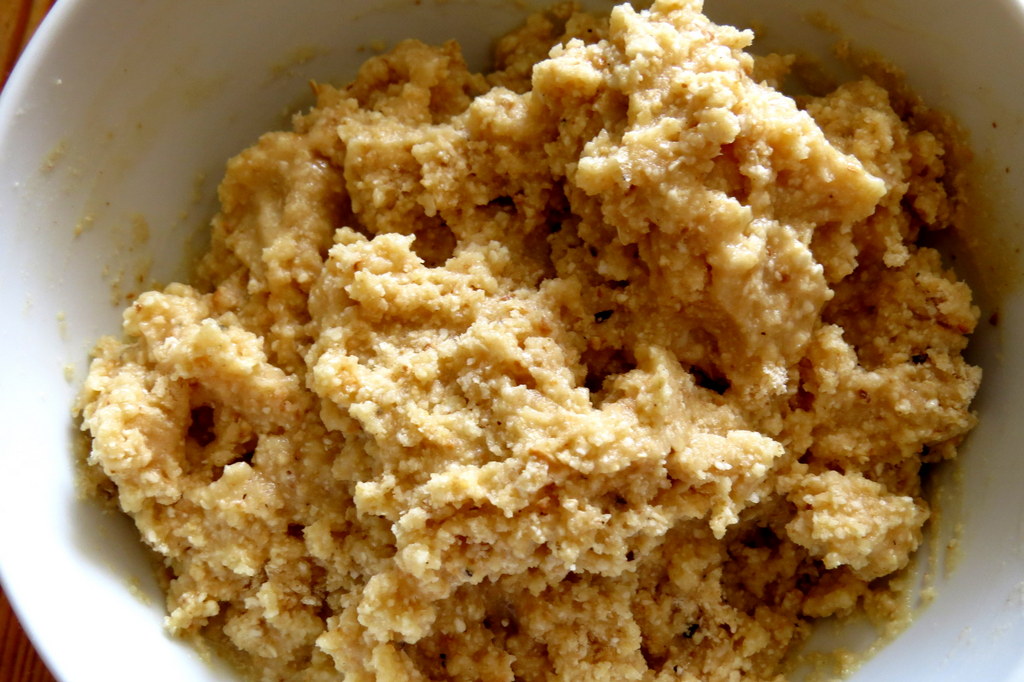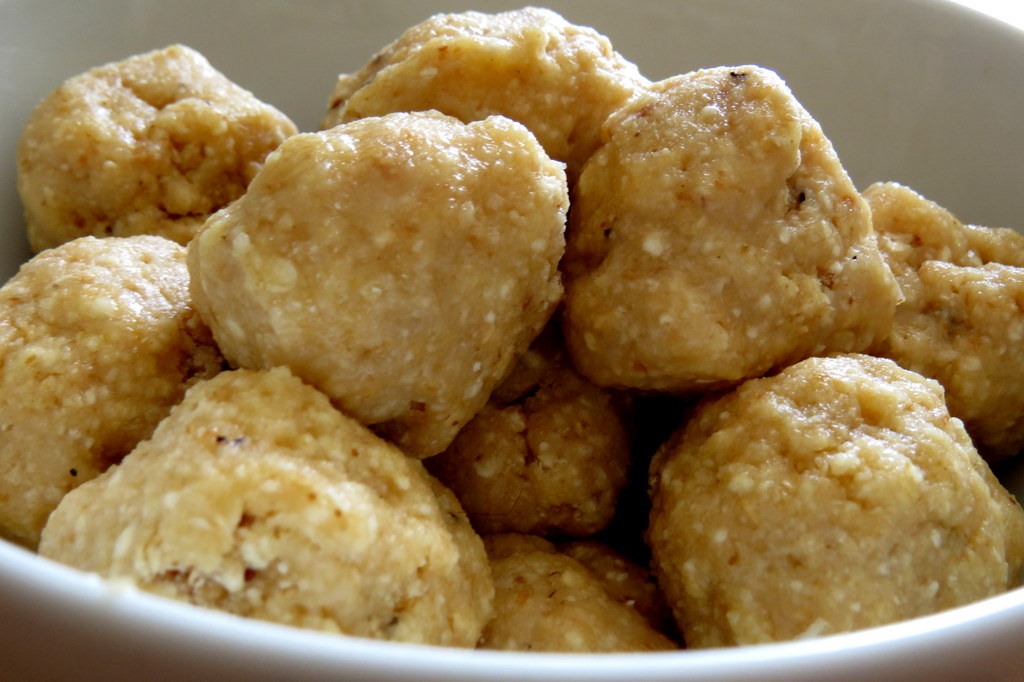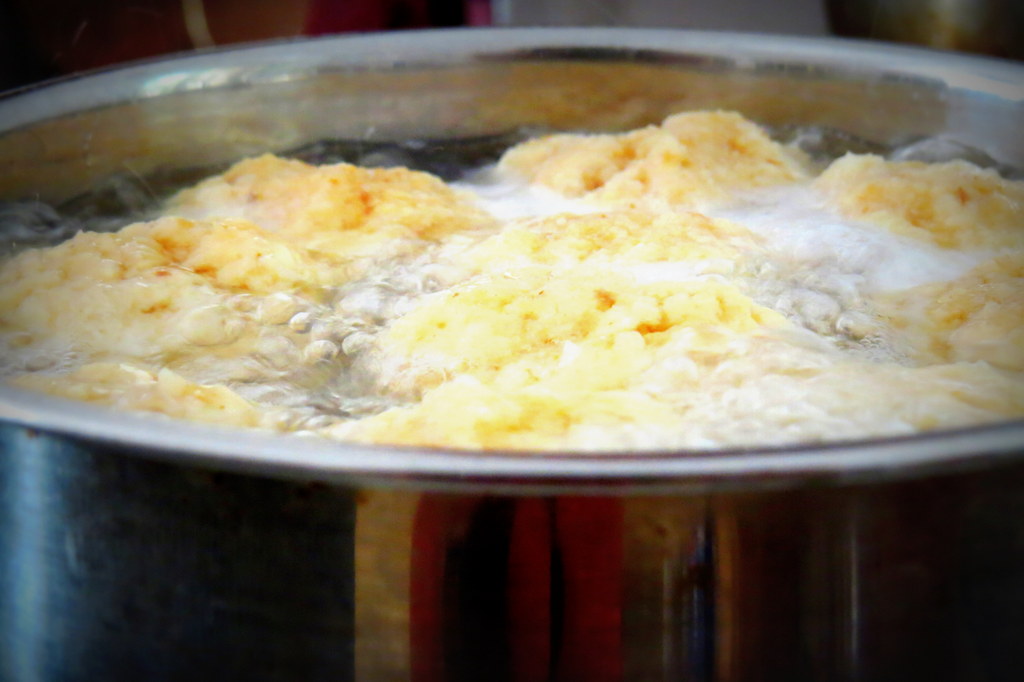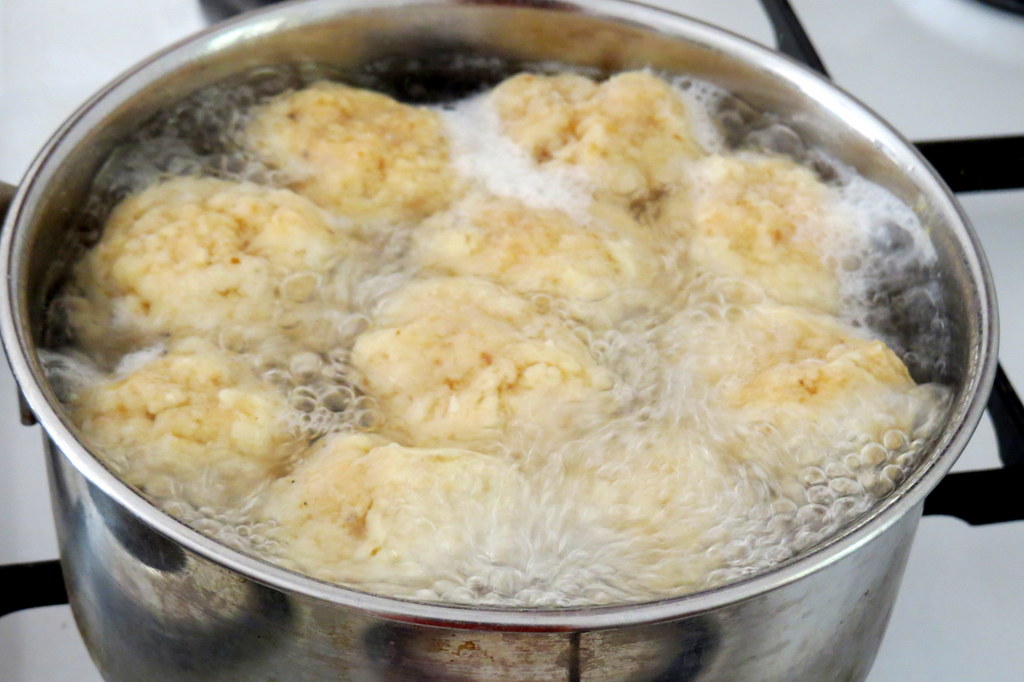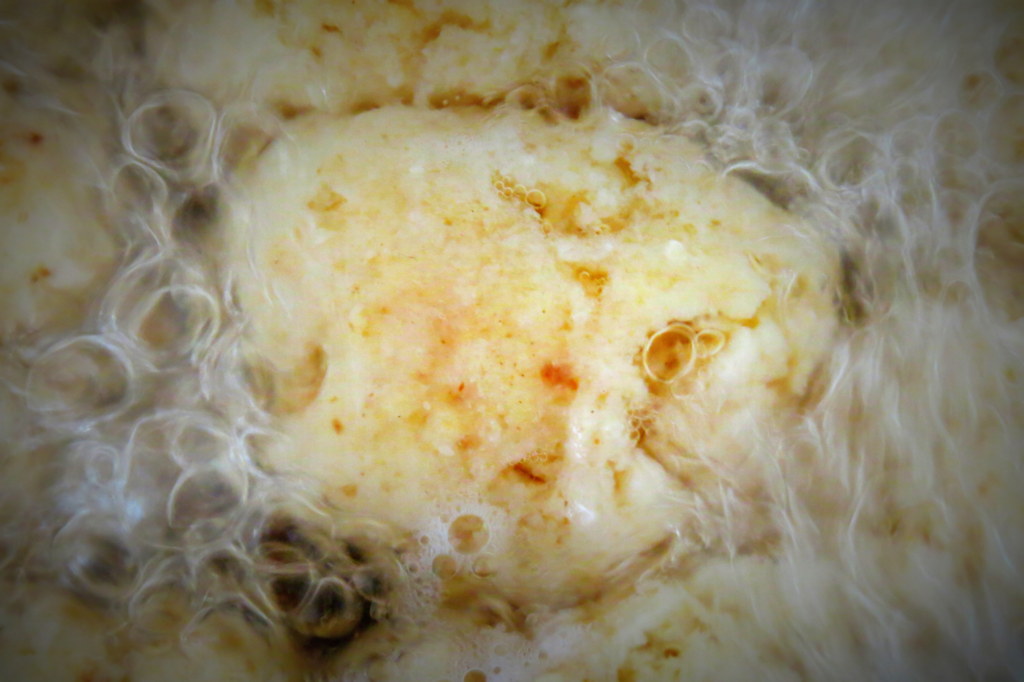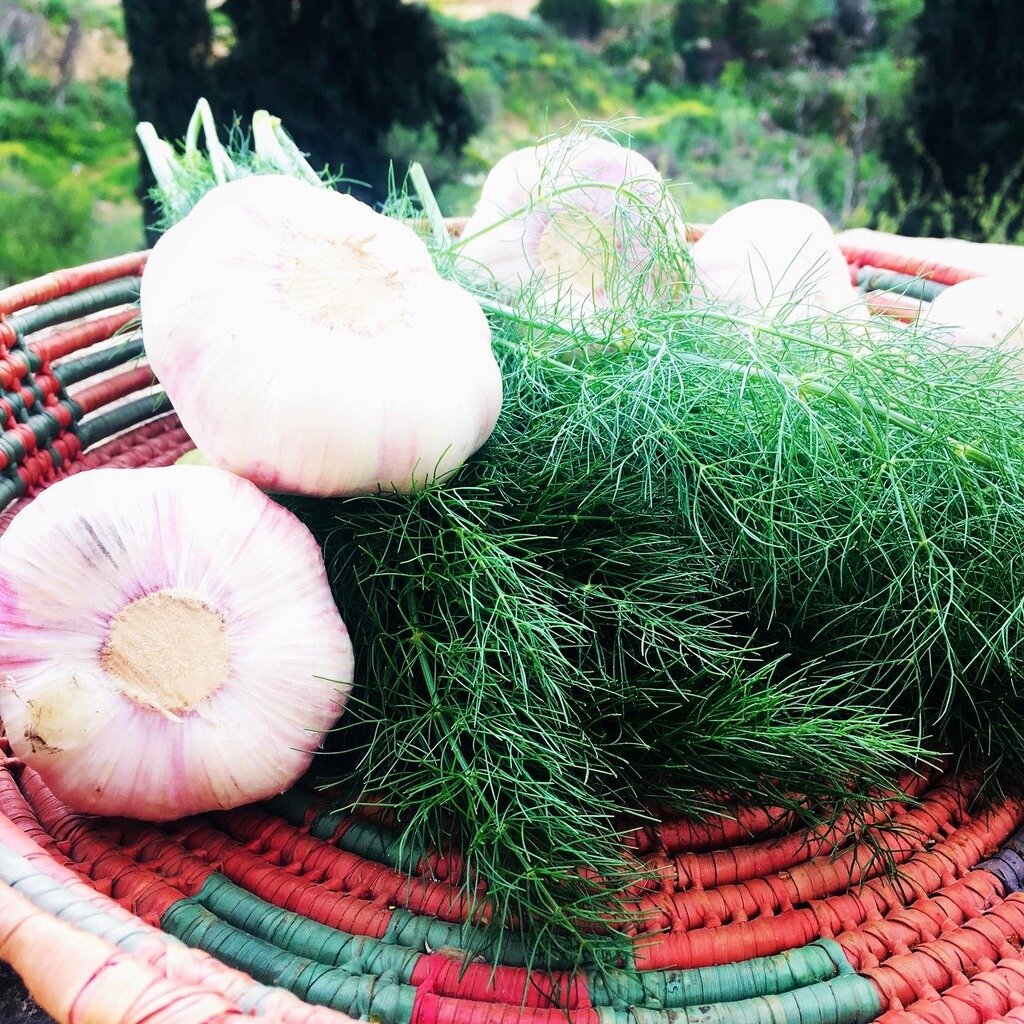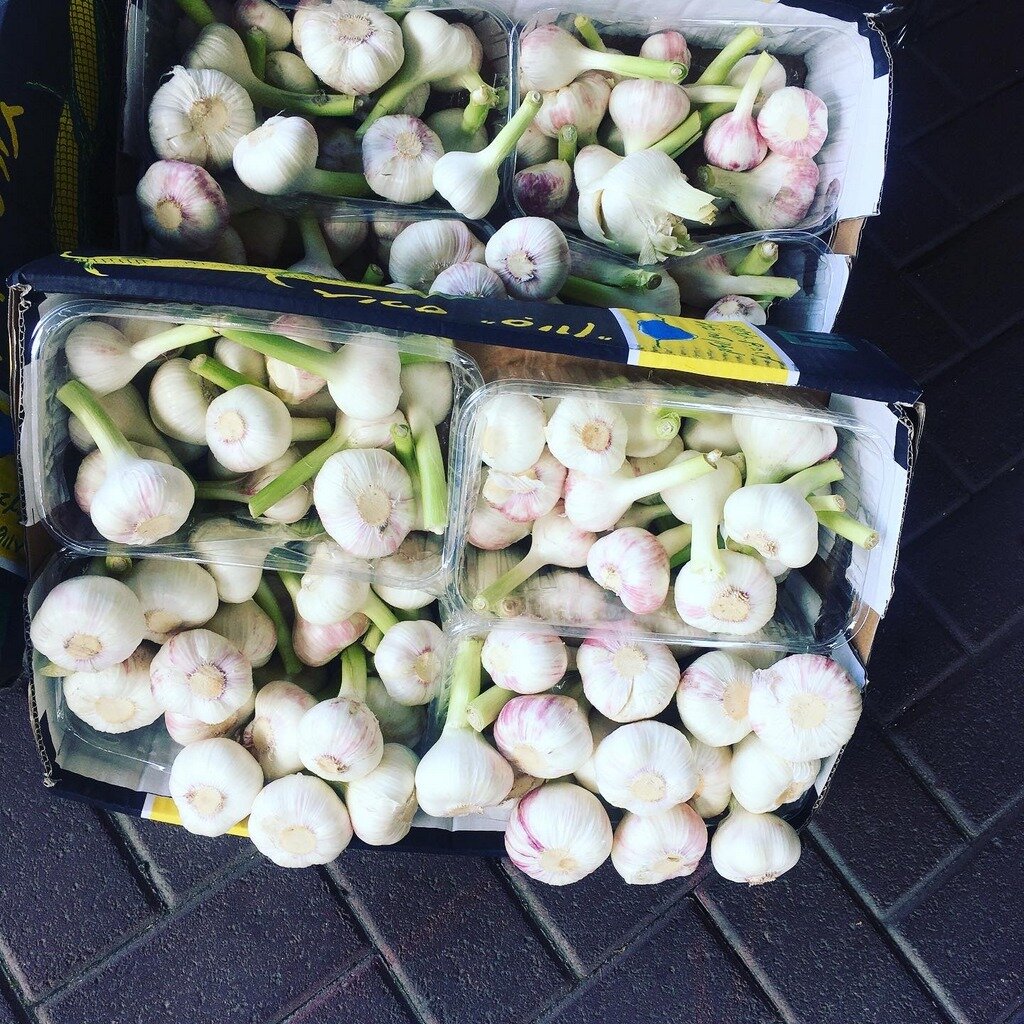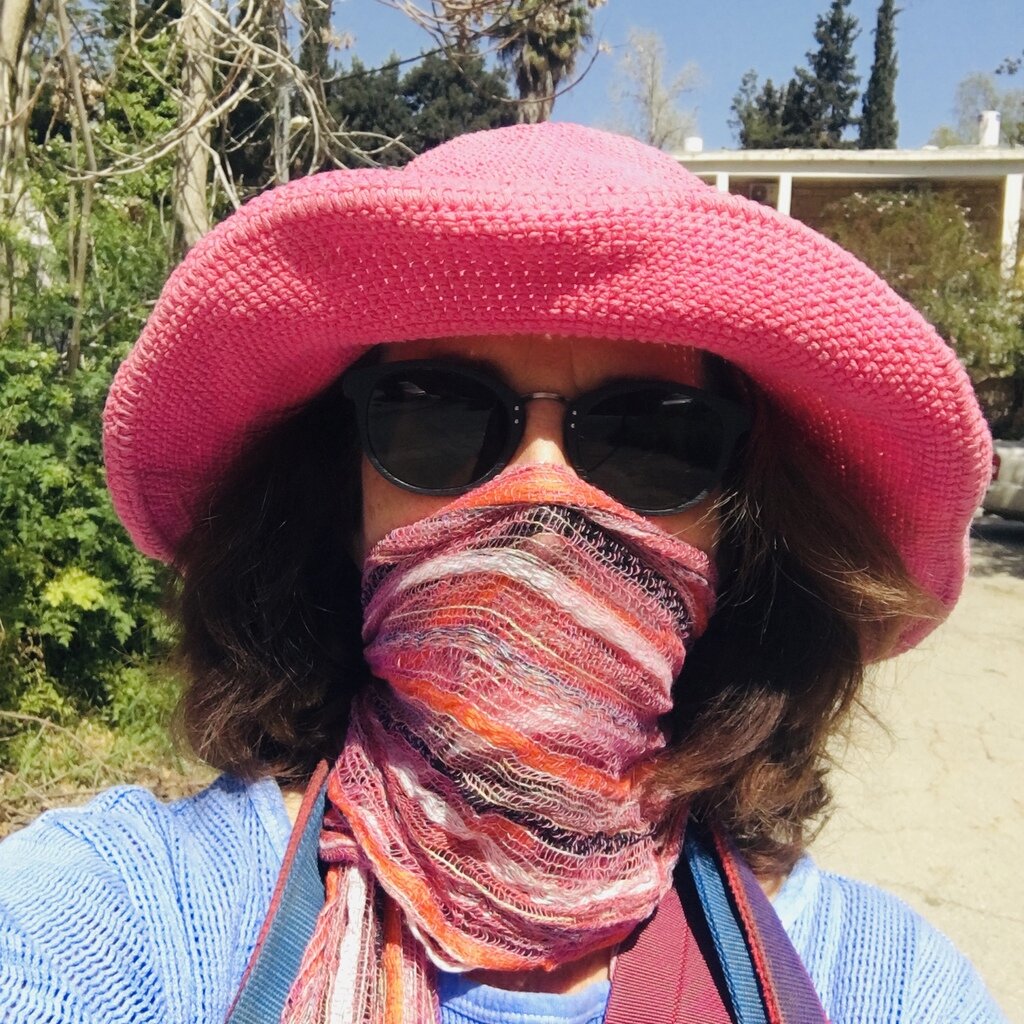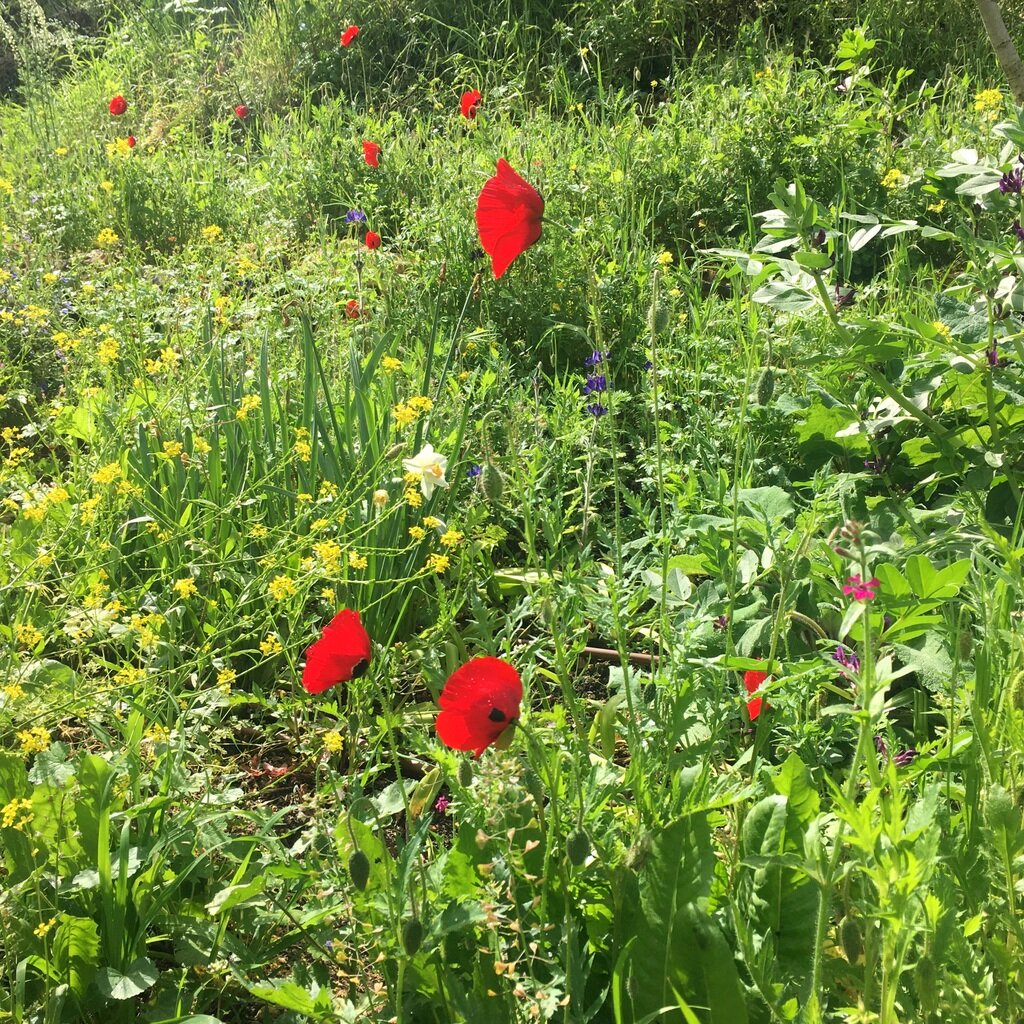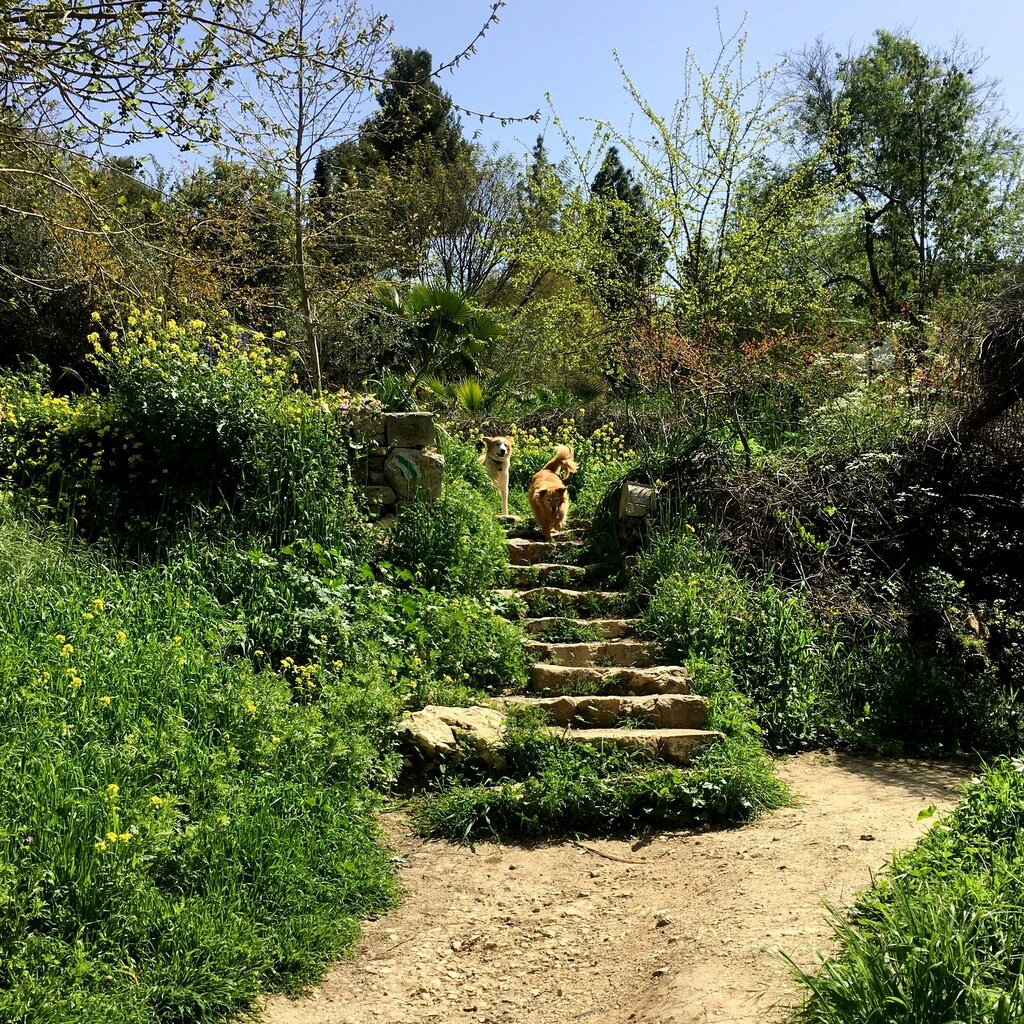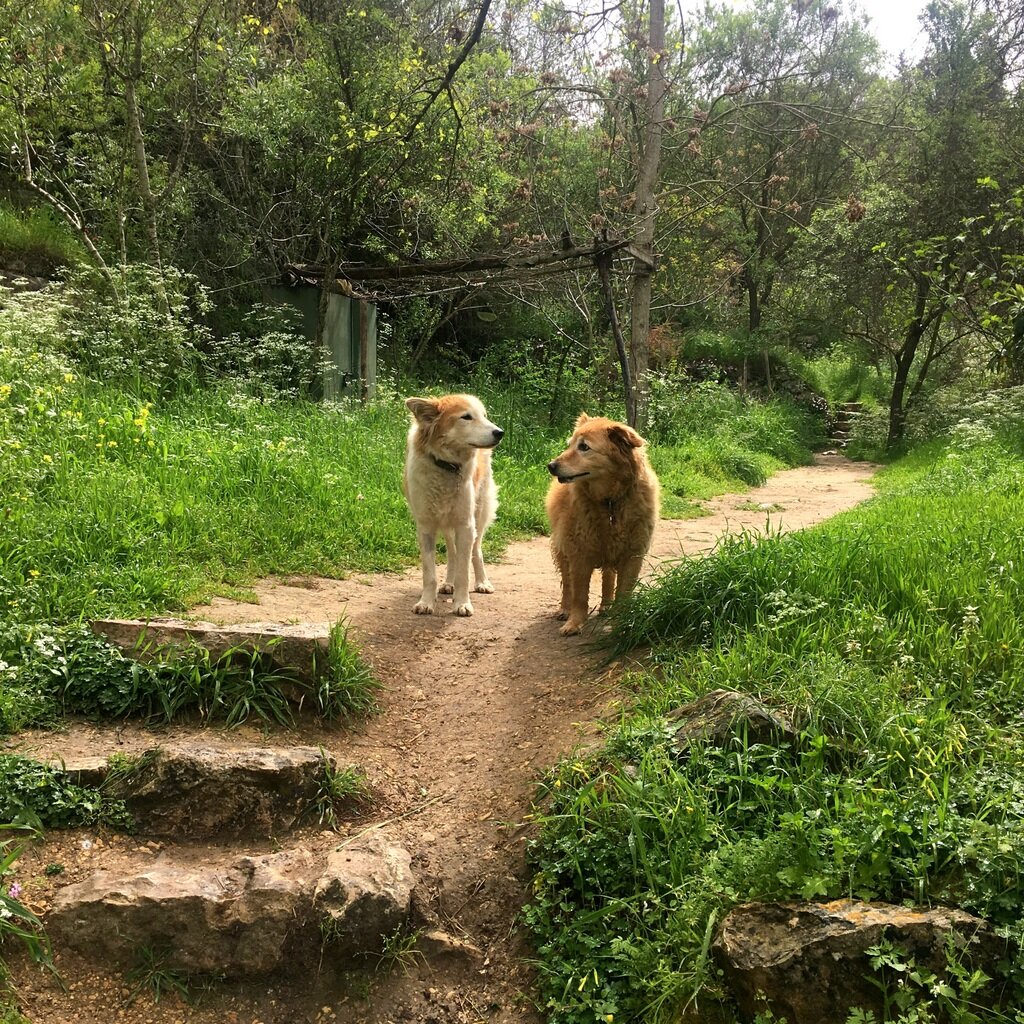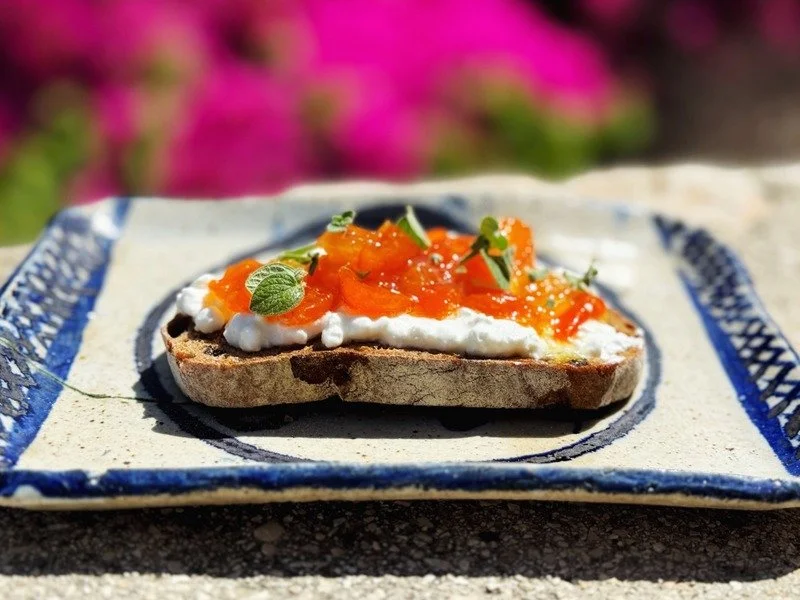passover 2020
Passover is the festival where Jews tell their ‘foundation story’ of being rescued from slavery and rejoice over both spring and freedom. It’s generally the ultimate family holiday, but in the strange ‘locked down’ times we are living through it will look utterly different.
No communal seders in synagogues or old people’s homes, no 50 person home extravaganzas, not even a modest family-only-16-people dinner. The persistent message coming from officials in Jerusalem is ‘Nuclear Family Passover’ and ‘Love means Distance.’ That might go down a treat in Scandinavia, but here not so much, especially when it means that your elderly mother and aunts will be sitting down alone, each in her own home, to read the Haggadah by themselves, with no ‘youngest child’ to read the Four Questions.
If Israeli radio is anything to go by, once people start to adjust to that sorrow, the next terror rears its head - “But if it’s just us, who will make the matzo balls??”
As one usually cool and collected radio host said with real fear in her voice,
“I’ve never made kneidlach - that’s always been my mother’s job.”
Bowl of chicken soup with matzo balls and a little parsley.
EMERGENCY MATZO BALLS
So just in time for Passover, I am re-posting the matzo ball recipe from our book Just Add Love, Holocaust Survivors Share their Stories and Recipes. There is also a wonderful gefilte fish recipe in the book, for those who have ambitions in that direction.
Nothing says Jewish grandmother like matzo dumpling soup! Soft pillowy parcels swimming in home made chicken stock is a profoundly successful combination and one of the Ashkenazi Jewish kitchen’s great inventions. There are as many recipes as there are Jewish grandmothers. In fact, almost every Just Add Love grandmother has made dumplings for us and given us a slightly different recipe.
Here are the stories of 2 of the women from our book who are renowned for their matzo ball soup.
HANIA JOSKOWICZ
Melbourne Holocaust survivor Hania Joskowicz is now in her 90s. This doesn't stop her making a vat of chicken soup, almost as tall as she is, every Friday. And she doesn't taste the soup, because she’s a vegetarian!
Holocaust survivor Hania Joskowicz stands near a pot of matzo balls in her Melbourne kitchen, 2015. (Copyright Irris Makler and Just Add Love)
Hania has the widest smile and is full of beans. Her grandchildren come over Friday afternoons and they all cook together. Meat for the few remaining meat eaters. Vegetarian for Grandma Hania and some grandchildren. And vegan for other grandchildren.
HISTORY
Hania was one of four sisters from a village near Cracow in Poland. During World War Two, she was separated from her family and sent alone to a slave labour camp in Czechoslovakia. It was her good fortune not to be sent to the Auschwitz death camp, which was geographically much closer, and much more terrible.
Hania survived in the labour camp for more than 3 years, and after the War she discovered that only one sister was left alive. The rest of her family had been killed.
One of the few survivors form her village was a friend who’d been in kindergarten with her. When David Joskowicz heard Hania was alive, he came looking for her. They married in a German refugee camp in 1948 and were together till the day he died in Australia decades later.
This black and white photo showing Hania with her husband David holding hands in Europe is Hania’s favourite. (Copyright Irris Makler and Just Add Love)
AUSTRALIA
A friend sponsored them to come to Australia. Her husband worked at Smorgon's meats for years, till the two of them opened a milk bar and fruit shop in cental Melbourne. Finally, they settled in to a sandwich bar in Lonsdale street which they ran for many years. All hard jobs, requiring long hours.
Hania and David had 3 children. Neither spoke about their war time experiences.
To this day, when Hania remembers the past her fabulous smile temporarily disappears and she becomes too sad to speak.
"Better you shouldn't know."
Hania Joskowicz in her Melbourne kitchen, 2015. (Copyright David Mane and Just Add Love)
EVA ENGEL
Sydney grandmother Eva Engel also made kneidlach for our cameras, with two of her grandchildren. Eva remembers the rise of Hitler as a child. She lived in the Austrian capital Vienna, where her father was politically active in the Social Democrats. Eva's is an easier story, because her parents managed to leave Europe before the War.
Eva Engel watches her grandchildren preparing matzo balls to her recipe in Sydney, 2015. (Copyright David Mane and Just Add Love)
Her father's activism meant it was too dangerous for them to stay after Nazi Germany "unified" with Austria in March 1938. In August, her father obtained a visa for a business trip to Switzerland. It was their escape route, though because it was only meant to be a short trip, they were not allowed to take anything valuable with them, including money.
Eva's uncle came to the airport to see them off, and pressed a small coin into Eva's mother's hand, as a token of good luck. That coin almost derailed their escape from the Nazis. Eva's father was already on the plane when his wife and daughter were taken away to be strip searched. He waited, sweating.
Luckily, they had brought no other valuables. In the end, the Nazis let them travel.
REFUGEES
They became penniless refugees in Switzerland, searching for their next stop.
"If you didn't get a visa to another country, you were sent back," says Eva. "Nowhere in Europe would take us. My father applied to lots of countries, and because he was a highly regarded engineer, Australia accepted us. But many of the other refugees who were there with us weren't so lucky and the Swiss did send them back."
The Jewish Welfare organisation paid for their passage on a boat to Australia. Eva's father worked in a service station pumping petrol, until once World War Two began he was offered a job in his field in New Zealand. That's where Eva spent the war.
Today Eva works with Holocaust survivors, and dedicates her life to telling the stories of Christians who saved their Jewish neighbours during World War Two. She also loves cooking with her grandchildren.
Granddaugnter Tali kisses her grandmother Eva Engel, Sydney, 2015 (Copyright David Mane and Just Add Love)
DUMPLINGS - the facts
It boils down to one thing really. What kind of matzo dumpling do you like: light and fluffy (floating) or soft but substantial (sinking)? After you've decided on sinkers vs floaters, there are 2 more issues: the ratio of egg to matzo meal, and the kind of fat you use; and finally whether you add a 'new-fangled' raising agent, like soda water or baking powder.
We've featured a lot of the recipes of Just Add Love grandmother Agi Adler who makes her kneidlach straight down the line. No soda, no baking powder, and also pretty frugal: 1 egg per 1 cup of matzo meal. This is unusual since her recipe comes from the American hotel Grosingens, and the latest US recipes use 4 eggs per 100 g of matza meal. (One recipe even uses 5, and whips the egg whites. Way too fancy-schmantzy during these locked down times. )
Eva Engel uses soda water and melted margarine (or butter) instead of chicken fat, and even less than 1 egg per cup of matzo meal.
So far the Sydney grannies are pretty frugal, and their results are good! Less is more. I did use the chicken fat which I had skimmed off the soup as fat in the matzo balls, and that was a good addition - though not vital. Oil plus chicken soup powder is also just fine.
So here it is: the final version, a mix of all the grandmothers' recipes, which produces a large fluffy dumpling, including variations for those who like them more substantial.
Matzo Balls
Makes 12 - 15 fluffy dumplings, Serves 4-6
INGREDIENTS
2 large fresh eggs (can also use 3 eggs)
¼ cup fat - either oil, or fat skimmed off the top of the chicken soup mixed with 1 tablespoon oil, or rendered fat, schmaltz, the apex of the pyramid
1/3 cup soda water
1 cup coarse matzo meal
1 teaspoon salt
1 teaspoon chicken soup powder
¼ teaspoon pepper
¾ - 1 teaspoon baking powder (some Orthodox Jews omit this during Passover)
Note: For a sturdier dumpling, which offers something to hold onto, use regular water or chicken broth in place of soda water, and omit the baking powder altogether.
METHOD
Beat eggs with a fork. Mix in other liquids.
Mix dry ingredients together and add. Do not overmix. As one American cooking writer says, think of them as muffins and mix as little as possible.
Allow to rest in fridge for at least 2 hours.
Wet your hands, and roll the mix into golf ball size dumplings. If you don’t crowd them in the pot, the ones with baking powder will expand quite a bit.
All the grandmothers do the following: they put the dumplings in a pot of gently boiling salted water – NOT in the soup. They do this so that the soup won’t be cloudy when they serve it. It’s a visual thing. But the dumplings are more flavourful if you cook them in stock. So perhaps separate out a portion of the soup for cooking the dumplings and eat it “cloudy” the next day when your guests have gone! Or cheat and add chicken soup powder to the water in which you boil the dumplings.
Whatever you boil the matzo balls in, water or stock, they should take about 30 - 40 minutes. Test one to make sure they're cooked through. Leave them to rest for 15 minutes and then serve in soup. You can also refrigerate, covered, on a tray and then re-heat before serving.
Any left over can be frozen in a ziplock bag and used when you next need them.
feedback
All the recipes call for coarse matzo meal, which was impossible to locate when I was trying to cook in Jerusalem. Other than that, I was surprised by how easy – and fun – these were to make. A little time consuming, but not hugely, and well worth the effort.
I made a few different versions, including whole wheat matzo meal, chicken fat v oil, chicken broth vs water or soda water, and using baking powder for the first time. The ones made with regular matzo meal were a lovely yellow, light, fluffy and delicious.
Just Add Love photographer David Mane, whom you could easily describe as a matzo ball maven, insists that taste is as vital as consistency. And he's right! So even if you are using chicken fat or schmaltz, add salt, pepper and chicken soup powder. I used an anaemic parve chicken soup powder (whatever that is!) and it really made a difference. The ones without it weren't as good.
WHOLEWHEAT
A word of advice. Don’t bother with the whole wheat matzo meal. It makes a very heavy dumpling, even if you use half whole wheat and half regular. It will need more liquid, both fat and water. And there’s no getting around it. They were verging on grey, a downer for a pretty small health benefit. I say go purist on the matzo meal front.
Plus no GF version, since our expert Amanda Hampel says they don’t come out well.
CHICKEN SOUP
This is a quick refresher, just in case you need it, and because my friend Ellen’s mother makes simply outstanding chicken soup. Mary Stewart Krosney is a Southern Belle who converted to Judaism more than half a century ago, when she married Ellen’s dad. Once she did, she went about finding all the best Jewish recipes. This chicken soup is a tribute to her determination.
Her secret ingredient is – wait for it - turkey! Don’t know why turkey bones so ramp up the flavour, but there’s no doubt they do.
This is the best chicken soup I've ever made.
This recipe also calls for an entire chicken. But if you have 2 marylands, and other bones from a roast chicken and the turkey necks – toss them all in. This is a forgiving, inclusive soup.
Ingredients for chicken soup (Copyright Irris Makler and Just Add Love)
Mary Krosney’s chicken soup
1 chicken, cut into pieces
2-3 turkey necks
3 carrots
3 onions
3 sticks celery
1 celery root and leaves
Optional: parsley, any other greens or veges you have at home
water to cover
NOTE: Use a big pot, as this makes a large quantity. The turkey necks will take up most of a small pot just for starters!
METHOD
Cover ingredients in your pot with water (filtered is best) and cook over a moderate flame till it boils, then lower the flame and simmer uncovered for an hour or so. Skim off any dirt you see rising to the top. Leave to cool and then strain.
Put the stock in the fridge overnight. In the morning, skim off the fat. This leaves you a lovely tasty clear broth, as well as providing chicken fat for the matzo dumplings :-)
SPRING
Despite the crazy situation the world is in, the seasons march on.
The spring garlic has appeared in the stores, and the wild fennel grows in the valley beneath my house. I love this garlic, with its delicate flavour and different texture. I’m used to buying the spring garlic in large bunches, with the dirt still clinging to them, at Jerusalem’s Machane Yehuda markets, but they are closed for now. It’s funny what says international crisis to you - for me it was shuttering those markets. So now I buy the garlic neatly chopped down, at my local grocer’s, while I wait for the markets to re-open and for some life to resume.
And here is how I look, taking my dogs for a walk, the requisite 100m only from my house. How lucky I am to live above this beautiful valley, currently carpeted with wildflowers, where the fennel grows too. Spring is so glorious when it begins.
I hope you are able to enjoy it, just a little, from your balcony, or window or on a short walk. And I wish you a Happy Passover, Happy Easter and Happy Ramadan to follow that, as this is the year, about once in 2 decades, when all the holidays fall very close to one another. I hope we can all celebrate these significant festivals, eahc in our different way, apart but together.








